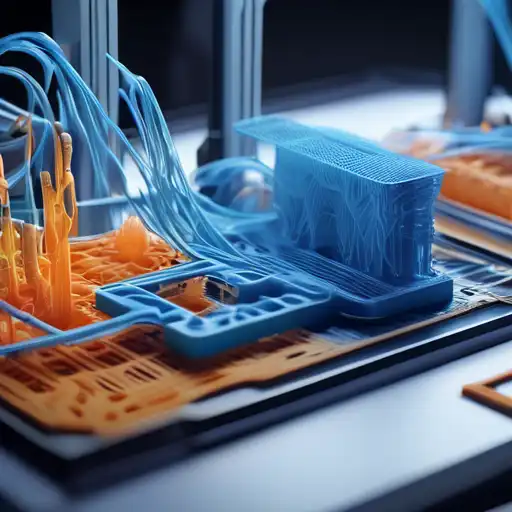The Revolutionary World of 3D Printing: Building Tomorrow Today
3D printing, also known as additive manufacturing, has emerged as a groundbreaking technology that is reshaping industries, from healthcare to aerospace. By building objects layer by layer, 3D printing offers unparalleled flexibility in design and manufacturing, opening up new possibilities for innovation and customization.
How 3D Printing Works
At its core, 3D printing involves creating a three-dimensional object from a digital file. The process starts with designing a model using computer-aided design (CAD) software. This model is then sliced into thin layers by the printer's software, which guides the printer to deposit material layer by layer until the object is fully formed.
The Benefits of 3D Printing
3D printing offers numerous advantages over traditional manufacturing methods, including:
- Reduced waste: Since material is added layer by layer, there is minimal waste compared to subtractive manufacturing processes.
- Customization: 3D printing allows for easy customization of products without the need for expensive molds or tooling.
- Speed: Prototypes can be produced much faster, accelerating the development process.
- Complexity: It enables the creation of complex geometries that would be impossible or too costly to achieve with traditional methods.
Applications of 3D Printing
The applications of 3D printing are vast and varied, including:
- Healthcare: From prosthetics to bioprinting tissues, 3D printing is revolutionizing patient care.
- Aerospace: Lightweight components for aircraft and spacecraft are being 3D printed to reduce weight and improve efficiency.
- Automotive: Car manufacturers are using 3D printing for both prototyping and production parts.
- Fashion: Designers are experimenting with 3D printed clothing and accessories.
The Future of 3D Printing
As technology advances, the potential of 3D printing continues to grow. Innovations such as faster printing speeds, new materials, and larger build volumes are making 3D printing more accessible and practical for a wider range of applications. The future may see 3D printing being used for constructing buildings, printing food, or even creating organs for transplants.
For those interested in exploring the possibilities of 3D printing, numerous resources and communities are available to help beginners get started. Whether you're a hobbyist looking to create custom items or a business seeking to innovate, 3D printing offers a world of opportunities.
As we look to the future, it's clear that 3D printing will play a pivotal role in shaping how we design, manufacture, and think about the objects around us. By building the future layer by layer, 3D printing is not just a technology—it's a revolution.
